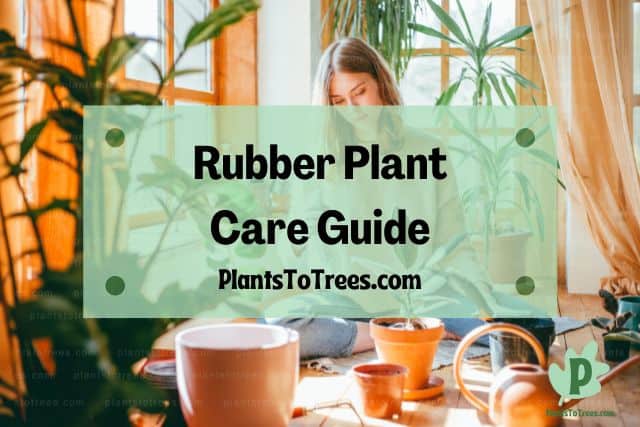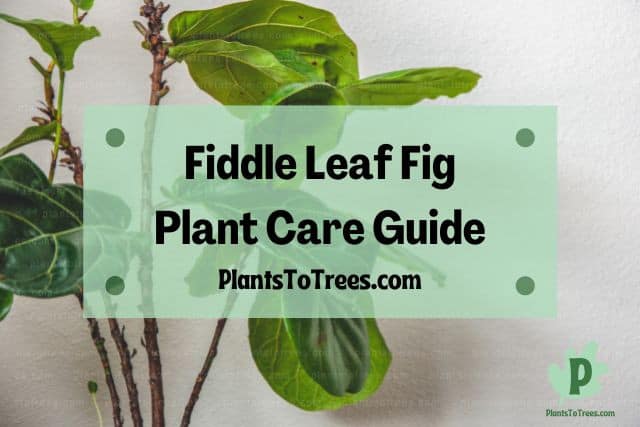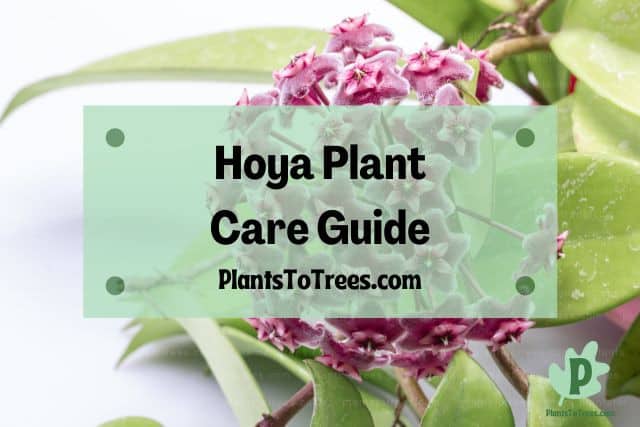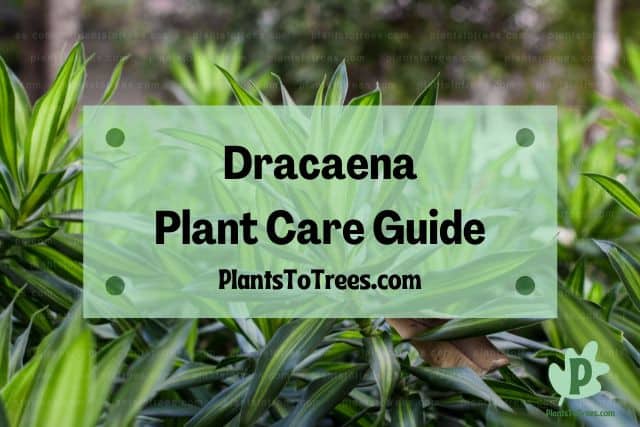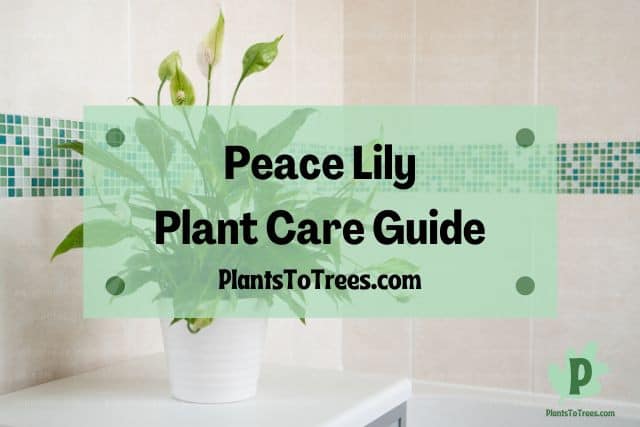Monstera Plant Care Guide
Monstera propagation is done via the stem cutting method, which means cutting a 4 to 6 inch piece of stem off the plant. Select a stem that has a few healthy leaves on it and, at the very least, 1 node. Using a pair of sharp pruning shears, cut off the selected stem.





